Paragon hands-on review
Will Epic’s MOBA prove a Paragon of virtue?
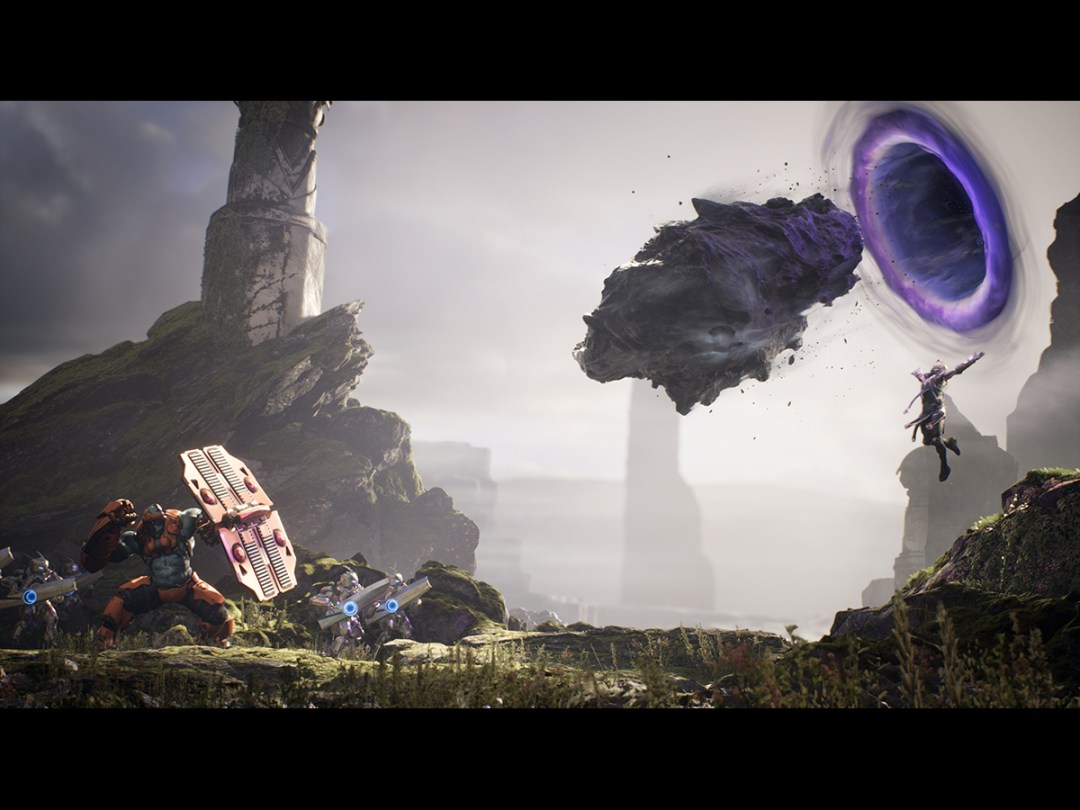
Do you play MOBAs? In my experience this question produces one of two answers: “Yes, I lost my first marriage to a six month Smite marathon”, or a spine chilling shudder followed by a look of scorn.
27 million players log into League of Legends every single day, making it the most popular game in the world by a terrifying margin, but the genre still divides opinion. For many, the top-down isometric perspective of most MOBAs is unappealing, as is the prospect of learning about dozens, or even hundreds, of heroes.
Gears of War creator Epic Games wants to do things differently. The former home of controversial game designer Cliff Bleszinski and maker of bombastic bro-games doesn’t seem the most obvious choice to carry the MOBA mantle, but Paragon is soon to join the cohort of battle arenas on PC and PS4.
Paragon is a MOBA
Epic is keen to stress that despite the third-person perspective and graphical prowess, Paragon is first and foremost a MOBA. In practice, this means the core tenets of the genre are preserved in their entirety.
"What are said tenets?" I hear you cry. They’re simple – sort of…
MOBAs are all about characters with special powers. Each player takes charge of a hero that possesses three basic abilities and a fourth, more powerful one known as an ultimate.
The rules of the genre are becoming increasingly flexible, but generally speaking, two teams of five players face off against one another in a battle to destroy the opposing side’s base. Battles are fought down three ‘lanes’ which connect the two bases.
Each lane is peppered with defensive towers, which protect the path to the allied base. Small creatures known as minions spawn on both sides of the map and force their way down the lanes to attack opposition towers and eventually the base. Players must constantly eradicate these pests in order to protect their own fortifications.
Slow and steady
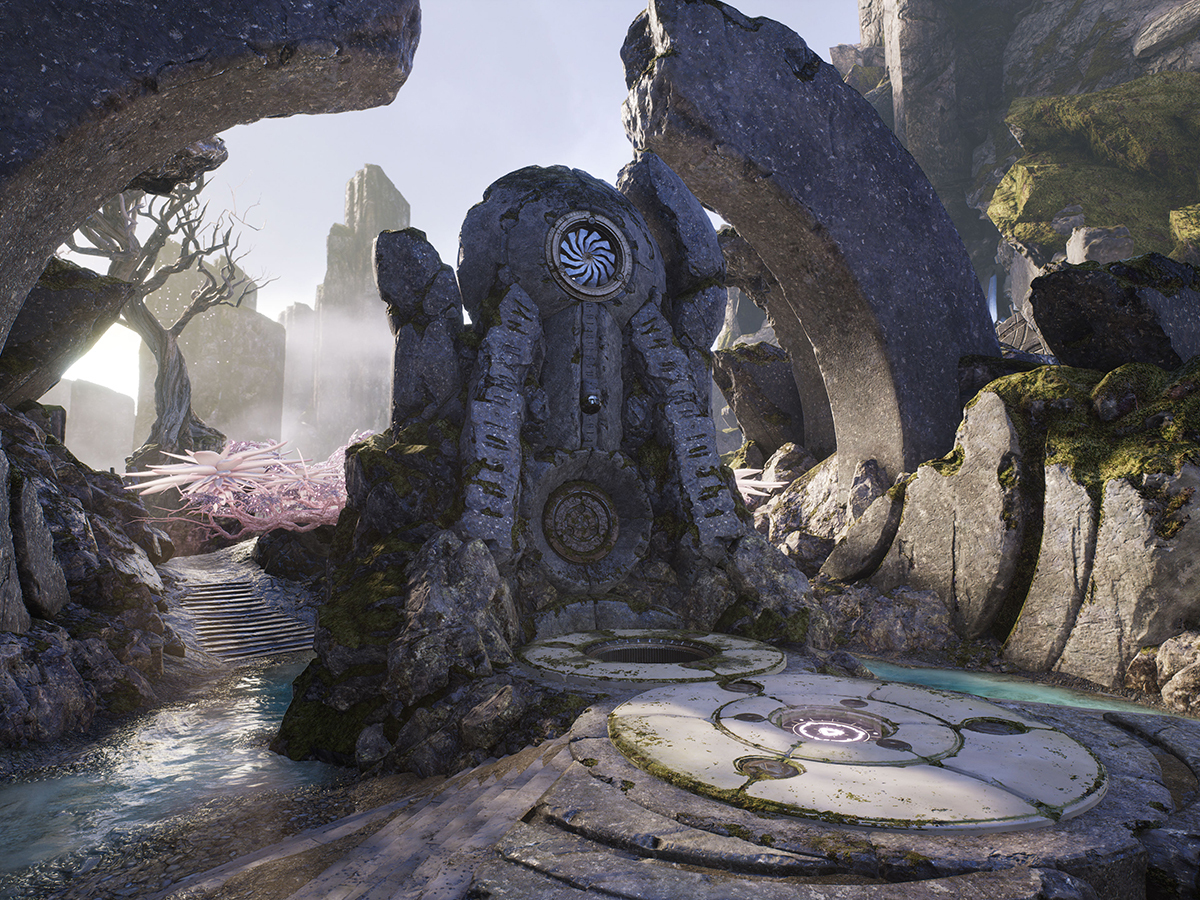
Paragon keeps close to these basics, as well as other genre-defining features. Killing minions and other players grants experience, which players can use to upgrade their hero’s abilities. More kills equals more power, so as in League of Legends and DOTA 2, always beware the MVP.
To a casual onlooker it might be easy to mistake Epic’s creation for a game like Blizzard’s upcoming shooter Overwatch, which is a Team FPS at its core, but the two couldn’t be more different: Paragon is rendered in three-dimensional glory, but it plays and handles like a MOBA. Heroes move relatively slowly and although landing abilities requires players to aim carefully, the pace of battle is more reserved than the panic-stricken twitching of a dedicated shooter.
This more relaxed tempo is all to Paragon‘s credit. In my four hours of skirmishing, it was striking how natural and familiar the whole experience felt. Third-person action wedded to MOBA mechanics could have easily resulted in a chaotic mess, but Epic has gone to great lengths to keep the action readable. The generous distance between camera and player, coupled with more glacial handling, ensures that fights are, for the most part, visually comprehensible.
Bigger and better › Fallout 4 review
Super bowl
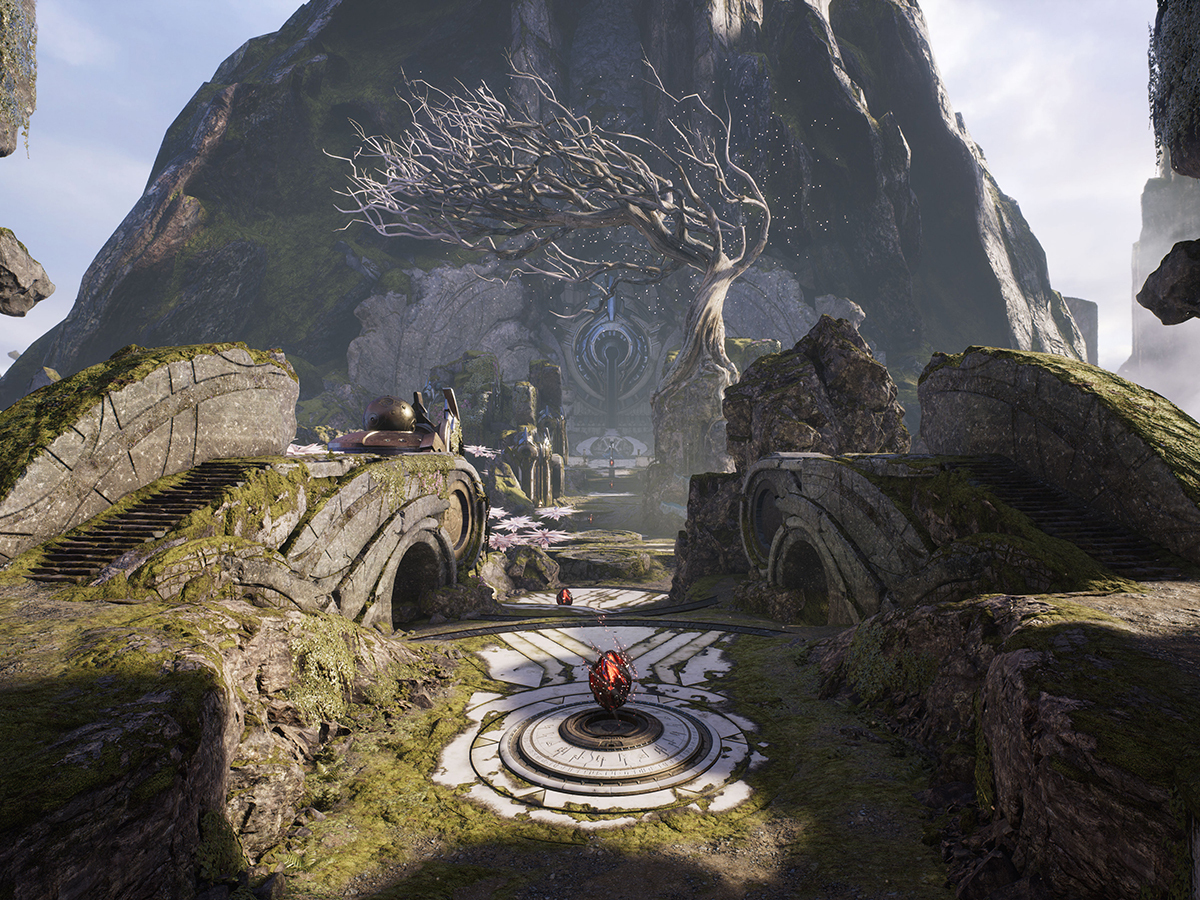
The MOBA format works here thanks to something that could easily go overlooked: the shape of the map.
As most MOBAs are isometric, vision of the map rarely proves a problem, but third-perspective doesn’t generally allow broad vantage points for sprawling vistas. In response, Paragon‘s arena has been constructed as a bowl. Both bases are on the highest points on the map, which then dips in the middle, forming a gargantuan valley.
This configuration ensures that players can spot opponents, weak towers, or even large minion waves from a long way off, and also makes the deployment of long range abilities possible in most situations.
Welcome to the jungle
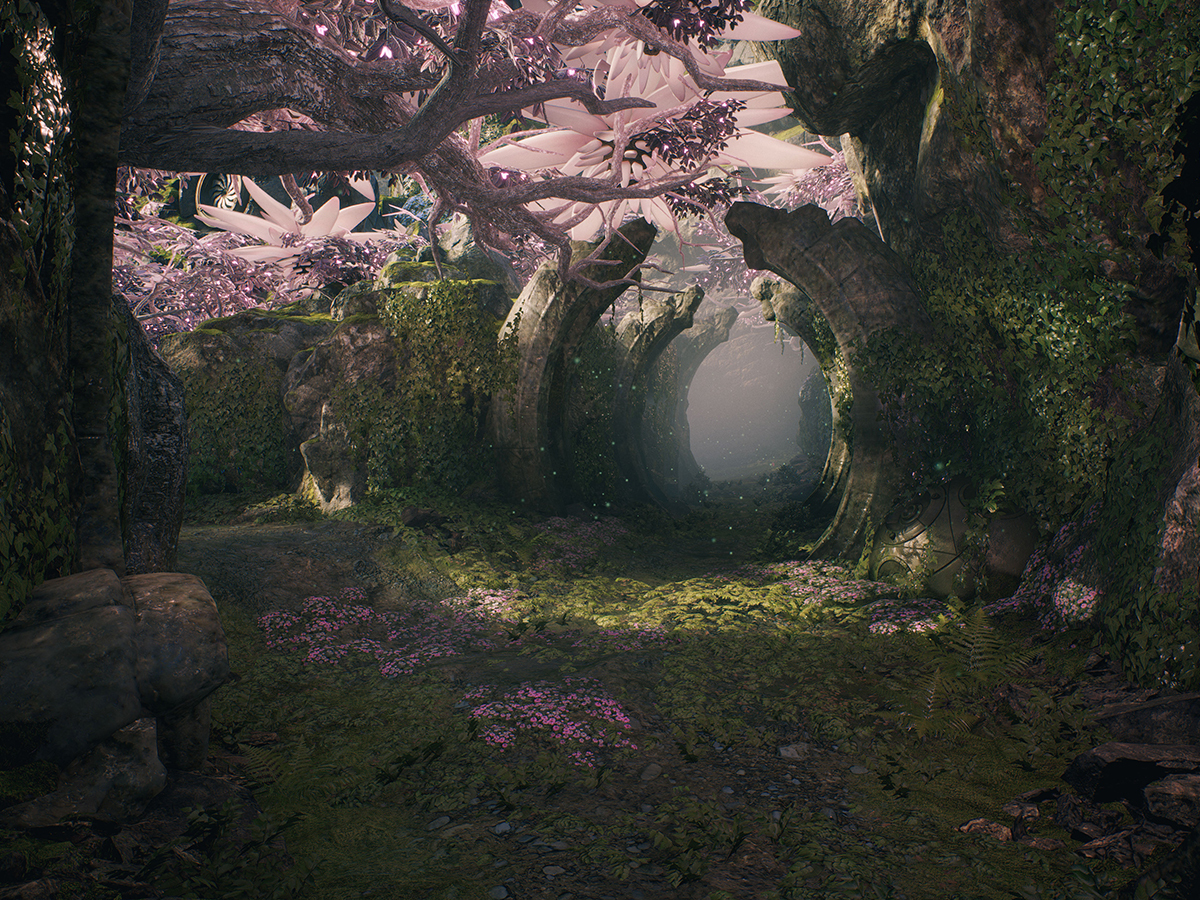
The area between lanes, known as the jungle, is usually populated by neutral monster camps that can be killed for experience, and Paragon is no different. Ambushes on lone players (otherwise known as ‘ganks’) can be pulled off as they move between lanes hoping to outmaneuver their foes.
Paragon doesn’t have a fog of war, so in order to keep this dangerous area of the map occluded, the jungle has been lowered beneath the height of the lanes and is obscured by foliage that keeps any movement within a secret. It’s a simple, but highly effective solution that retains the area’s high-risk mechanics without disturbing the map’s carefully constructed shape.
Paragon Girl
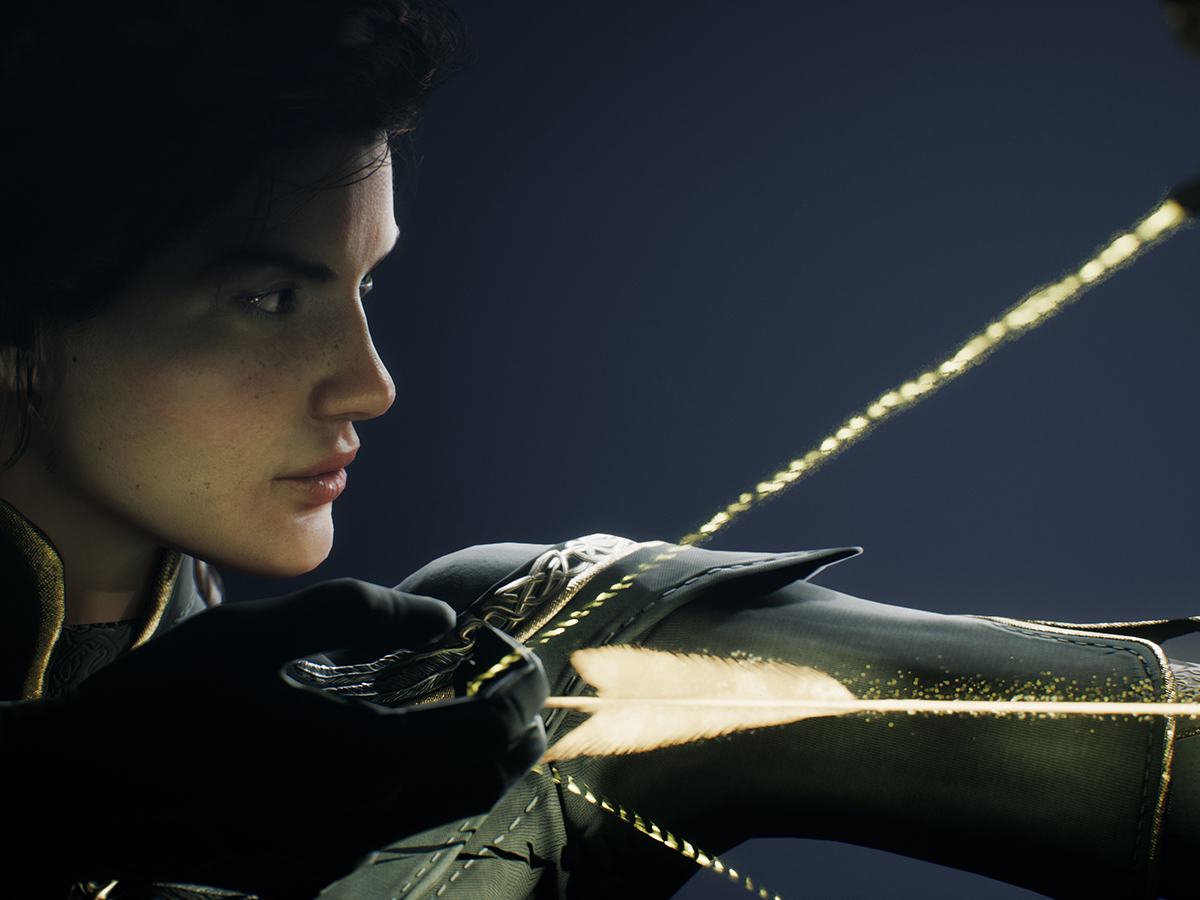
I spent my first couple of matches beneath the cover of these alien trees as the assassin hero Kallari. In spite of multiple warnings from developers that she was the most difficult hero on offer, her twin blades and high damage seduced me.
As it turns out, I should have listened to the people who developed the game rather than my own idiot brain. Kallari’s toolset, which includes a short dagger that slows enemies, temporary stealth, and a high-damage dash, all proved too much for me. I was made into mincemeat so many times that by the time it was over I was 50% horse flesh.
As a MOBA player with thousands of hours under my belt and core muscles in atrophy, I was somewhat ashamed, but my unequivocal failure was also oddly encouraging. MOBAs are at their best when providing distinct toolsets that will cause some to fly and others to fall. Kallari’s up close and personal abilities may have caused me to crash and burn, but they felt appropriately specialised.
Snap, crackle, and a world-shattering pop
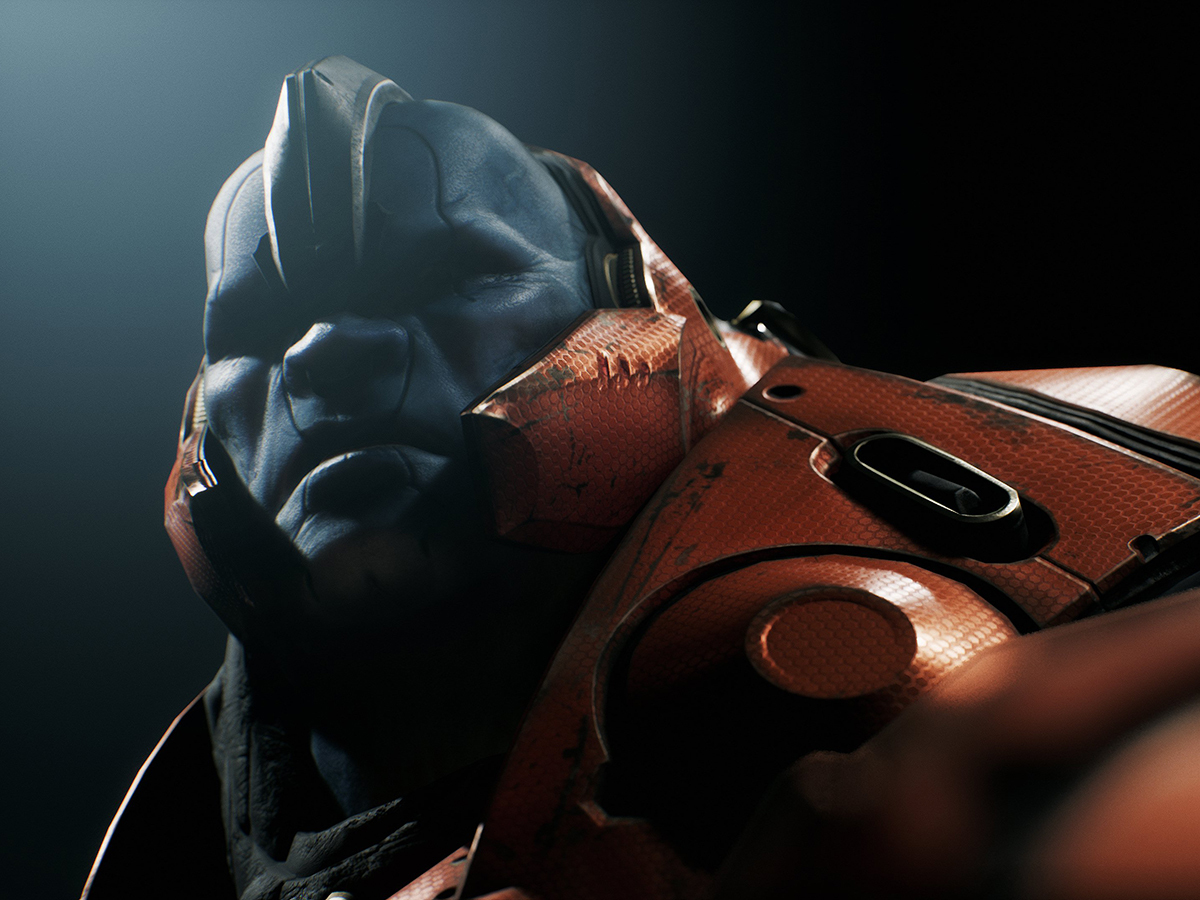
Luckily, Kalari is only one of thirteen heroes currently on offer, most of whom ascribe the traditional roles we’re used to seeing in online multiplayer. Gideon is a mage who can open rifts that fire devastating projectiles, Steel is an armour-clad behemoth who can create defensive shields, and Muriel is a high-utility hero who can teleport to the location of any friendly player on the map. Tank, spellcaster, damage dealer, and support – all the usual suspects are here.
Epic’s creation currently distinguishes itself in the kinetic, visceral feel of its heroes’ abilities, rather than strange twists on traditional roles. MOBAs tend to lack the same physicality that makes action games so exhilarating, but in Paragon, things go BOOOOM in exactly the way you’d hope. When a 100mph rock hits your opponent square on, the earthen shatter that follows is deeply, deeply satisfying. As per the MOBA agenda, using these abilities in complementary combinations that stun, slash, and eventually, slay, is key to victory.
In spite of the wonderfully distinct skillsets and aesthetics Epic has bestowed on its thirteen heroes, most would agree that this number needs to rise significantly before launch. Epic has promised more, but how many will be released into the wild in time remains to be seen.
Aliens have arrived › XCOM 2 review
Wild cards
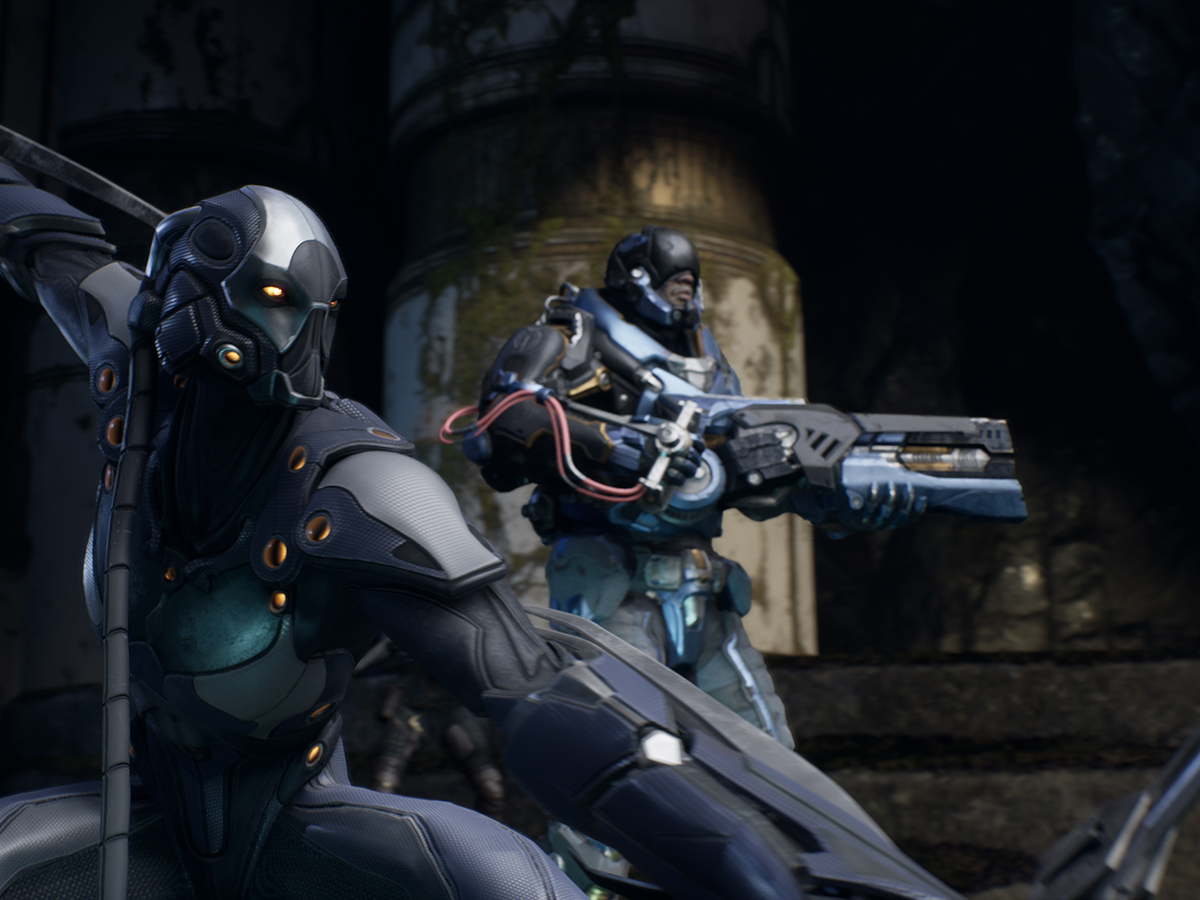
Paragon pares down the complex item upgrade systems found in other MOBAs with a more straightforward approach to levelling up.
As players destroy towers, rack up kills, and farm minions, they earn CP (card points) which can be spent when returning to base. Basic cards and upgrades provide benefits that range from increased damage output, to higher critical strike chance, or, if you’re playing a big fat tank, oodles of health. Some have upgrade slots which, when filled, augment the bonuses they provide. Each player can equip up to six cards at a time.
Cards are a compromise between simplicity and depth that Epic hopes will appeal to MOBA veterans and newcomers. Understanding the basic set of cards that suit your chosen hero is relatively simple, but making the most out of your card choices requires situational experience.
Which cards are available to players during any given match also depends on their deck, which can be prepared before each match. Some cards can only be equipped on specific champion types, whilst others must be unlocked before they can be added to the deck.
Paragon: the early verdict
The PC has already embraced MOBA fever, and the tide will undoubtedly engulf consoles soon. Of the current contenders, Paragon seems best placed to step into the void.
Unreal 4 engine, which Epic itself designed, provides breathtaking graphical splendour that will undoubtedly catch the eye of pixel-fanciers who previously shunned the genre. At the same time, the third-person action provides a familiar perspective in which action aficionados are likely to feel at home. I’m also convinced that those already inducted into the MOBA family will be impressed by Paragon‘s respect for genre conventions – this is no MOBA-lite.
Paragon is scheduled for release later this year on PC and PS4. The monetisation model remains as-of-yet unclear, but if you want to try before you buy, then you can sign up for the closed beta which will commence in spring.
Gaming greats › The top 10 games in the world right now



